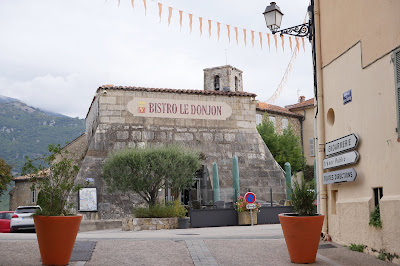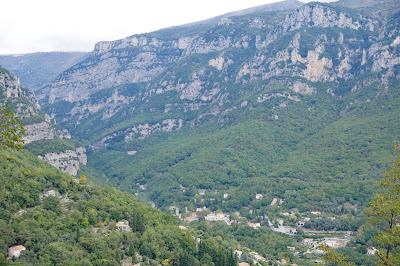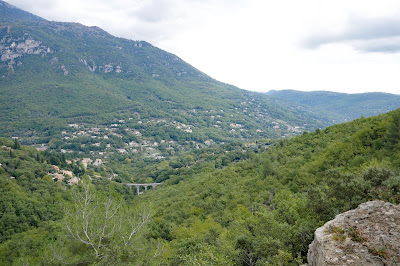King Alfred's School
Another walk with my good friend Merv. In fact it is two walks: a circular walk from Wantage passing through Letcombe Regis, East Challoe and Cove, and a walk around the town itself.
We parked at the Beacon art centre and walked a short way along the road to pass the original King Alfred's School, which dates from 1849–50. From here a path led us towards open country which we crossed to reach the pretty village of Letcombe Regis. We we were very struck by this lovely half timbered house of 1698.
And also by the handsome Old Rectory opposite. I couldn't quite get a photo however. Nearby was the church of St Andrew. The tower is 12th century and other parts were restored or rebuilt in the 15th and 19th centuries.
We followed a narrow track with a lovely view across fields to typical downland countryside.
We turned right onto another track, along a short section of road and then along Cornhilly Lane to reach and then follow the former Wilts and Berks Canal. It was completed in 1810 (so late in the canal era) with the purpose of allowing coal to be shipped from the Somerset coal fields to the towns of Wiltshire and Berkshire. It went into decline only 30 years later with the advent of competition from new railways.
The first section of the canal was dry and required some imagination to recognise it as a canal. At a crossing road we found this fine old building, we think once a forge but now converted into housing accommodation.
Continuing along the same line, the next section of canal had water in it, although covered by green algae. A new housing estate was just beyond the hedge on the left.
At the end of this section the canal side path was briefly diverted on account of a new housing estate. This did mean we saw a flock of Goldfinches - a lovely sight.
The estate was one of several built on the former airfield at Grove. An emblem of the airfield was this de Haviland Venom, a fighter-bomber introduced in 1951. I have no great interest in aircraft, but I was surprised by how modern it looked. It was only in service until 1962.
We now followed a network of paths through the outer areas of Wantage to reach the area known as the Wharf (the Wilts and Berks Canal once terminated nearby). This was once an industrial area and it was interesting to see that two mill buildings still remain.
We walked up Mill Street passing a set of Almshouses dating from 1868.
At the top of the road we passed the former Town Hall, currently being restored, and entered the oblong Market Place to start our town walk - which we decided to do in reverse order. The detailed route can be found here. The main item of note in the Market Place is the statue of Alfred the Great, although Merv greatly enjoyed the massive second hand bookshop in a sort of arcade at the far end.
You might wonder there is a statue of Alfred here, and the answer is that he was born in Wantage. The statue was the work of Count Gleichen, Prince of Hohenlohne-Langenburg and was unveiled in 1877. The battleaxe in one hand and the manuscript in the other attest to Alfred's prowess as a warrior (victory over the Danes at Ashdown in 871AD) and to his education and statesmanship.
We headed down Grove Street passing the interesting Georgian Clock House
At the top we continued along the road and then turned right and right again to pass through a housing estate which was suddenly revealed to have the 18th century former stables of Stirlings House tucked away in it.
Now down to Post Office Lane to find the attractive Eagles' Close Almshouses of 1867.
Nearby in Newbury Road were the Stiles Almshouses of 1680. Their founder was Robert Stiles, a merchant ... of Amsterdam.
We then went along Church Street to see the 13th century church of St Peter and St Paul, which was sadly closed.
It was a short walk from there to the Beacon.
Conditions: quite mild, but mainly cloudy.
Circular walk distance: about 6 miles.
The walk route can be found here.
Map: Explorer 170 (Abingdon, Wantage and Vale of White Horse)
Rating: four stars.




















































